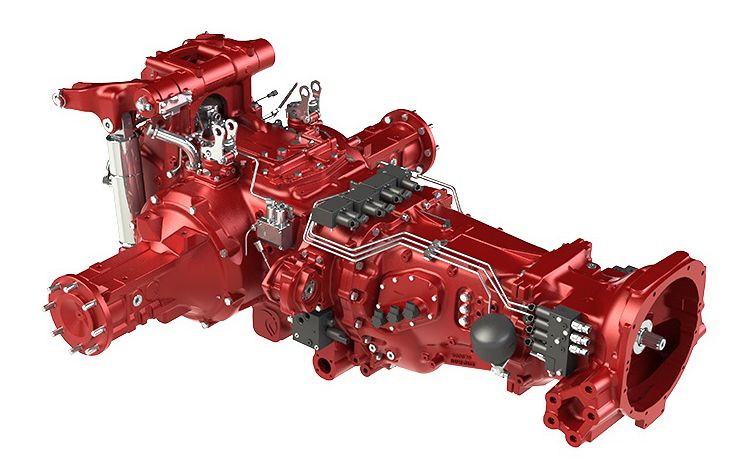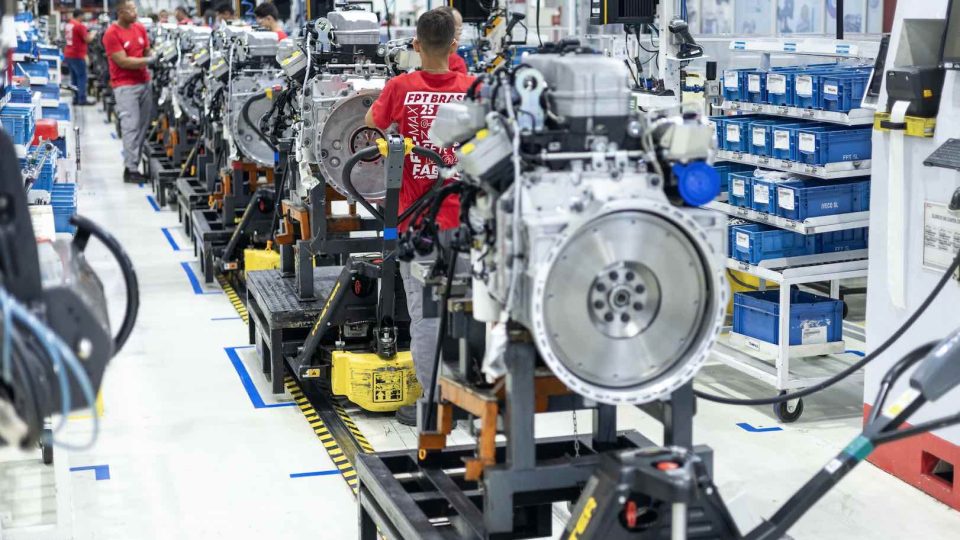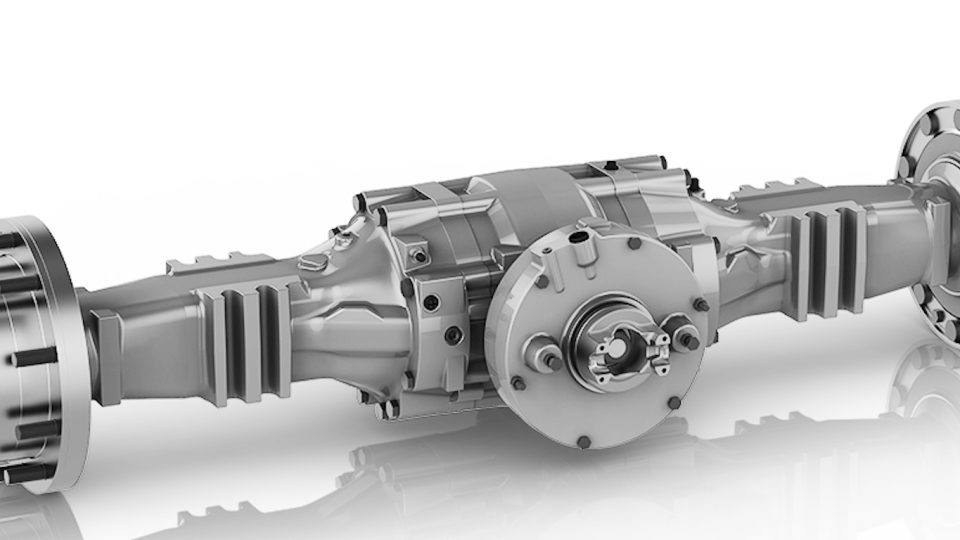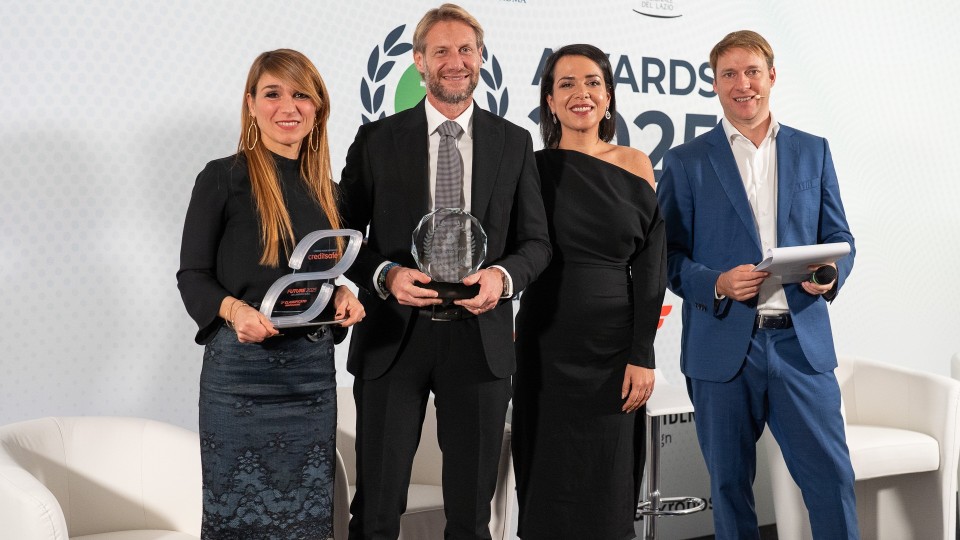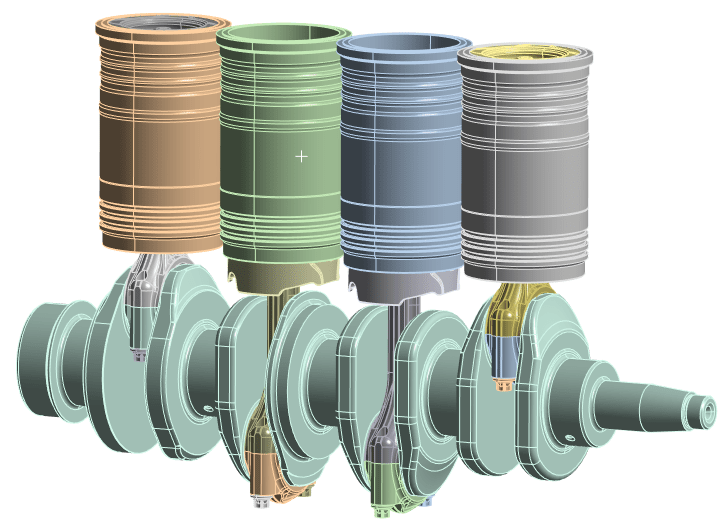Nuvera CEO Lucien Robroek on hydrogen fuel cells
Hydrogen fuel cells are trying to emerge in the market as one of the changing transportation technologies of today. Nuvera CEO Lucien Robroek decided to talk about the fast-growing fuel cell industry and its impact on every form of mobility. What was your journey to Nuvera like? For 11 years, I worked at a consulting […]
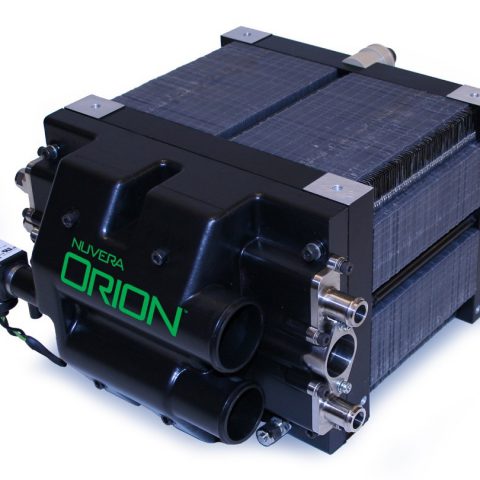
Hydrogen fuel cells are trying to emerge in the market as one of the changing transportation technologies of today. Nuvera CEO Lucien Robroek decided to talk about the fast-growing fuel cell industry and its impact on every form of mobility.

What was your journey to Nuvera like?
For 11 years, I worked at a consulting company in materials engineering and production technology and grew a team of 90 people. Afterwards, I moved to the technology side, focusing on air-handling units. I worked with engineers of all backgrounds and always had an end-product to work toward.
Later I was hired by Hyster-Yale Group, now Nuvera’s parent company, in the Big Trucks division in the Netherlands. The job combined product and business development, and ultimately led to my current role at Nuvera.
What do you like best about being at Nuvera?
Nuvera is small enough to get to know people on a personal level, but still large enough to be developing a variety of components and technologies. We have our own products, oversee everything from production to sales to customer support, and the exciting nature of the technology we’re working with is a huge bonus. I firmly believe Nuvera’s technology is changing our daily lives – and the talent here is second to none.
Coming from the Netherlands, how would you compare sustainability and mobility trends in Europe to other parts of the world?
Europe is made up of many different countries and certainly there are pockets where sustainability is really big, such as the Scandinavian countries, Germany and the UK. Hydrogen infrastructure tends to be the bottleneck in fuel cell adoption in Europe, although the policy landscape is helping to change that for the better. Emissions-free transportation initiatives generally begin at the local level and ultimately drive policy at the national and trans-national levels.
In China, on the other hand, the central government is driving the effort to reduce emissions, which can have its advantages in terms of how quickly change is driven. The U.S., Japan, South Korea, and Australia are among the other nations leading the way in clean transportation.
Fuel cells have already made a big impact in materials handling. In what other markets do you see fuel cells having the greatest impact?
Wherever you need a mobile energy source, fuel cells come into play. Like we say at Nuvera, “If it moves, it needs a fuel cell engine!” We know batteries are not the only solution. They have their place, but we need fuel cells in areas where we don’t have time to recharge. When you have fleets with lots of equipment, especially larger, more expensive equipment, you can’t just swap out batteries or equipment for recharging.
For battery electric buses, for instance, drivers are waiting around for a full recharge. That’s where infrastructure is key. I think hydrogen fueling stations will be available in more densely-populated cities and once you have the infrastructure, fuel cell vehicles will quickly dominate.
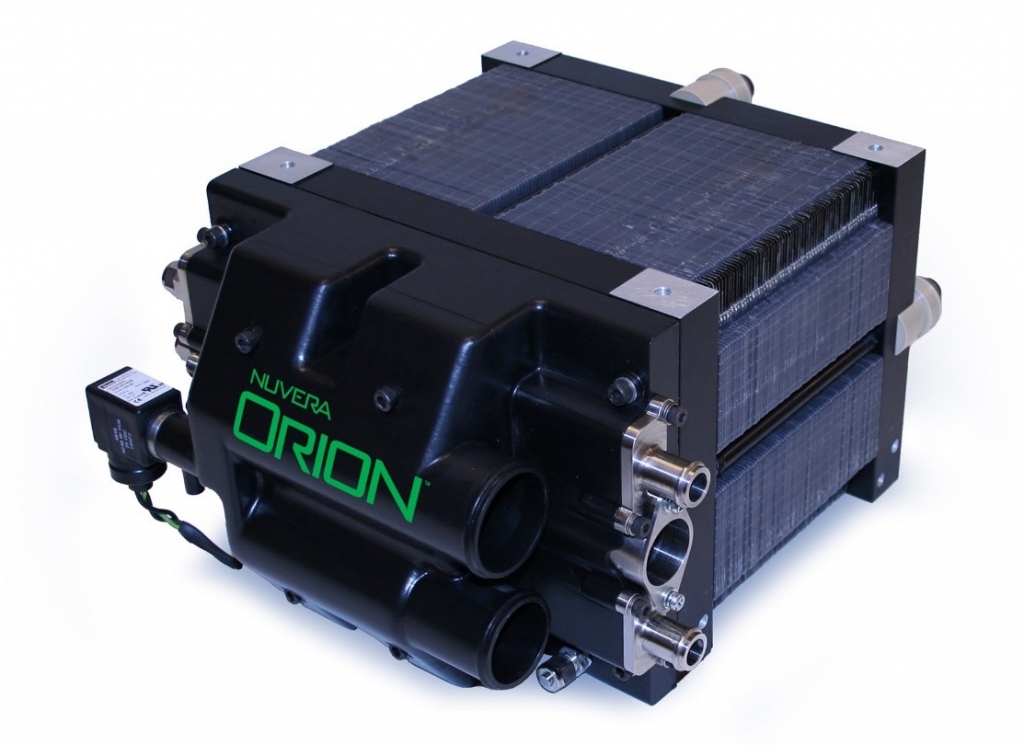
What’s your response to those skeptical of fuel cells?
Besides fuel cells, batteries are the only alternative for zero-emissions transportation. However, there’s not enough raw materials to build batteries to meet global demand. Moreover, expanding the electric grid to charge all the battery-powered vehicles would be a massive undertaking.
Hydrogen is an energy carrier and a way to transport electric power without overwhelming our electrical infrastructure. To make a meaningful impact in reducing greenhouse gas emissions and improving air quality, we need fuel cells – they don’t have the restrictions that batteries do.
What are some common misconceptions about hydrogen?
The main public misconception is apparent in the fear and safety concerns around hydrogen. These are the same issues that arose once we began using natural gas and other fuels. Safety is paramount, but once the proper safeguards are adopted, it’s a matter of getting used to it. Hydrogen has been safely used in many industries like petrochemicals and food processing for a long time.
A fuel cell engine is a device that converts hydrogen into electric power – it’s still an electric car, with the benefits we’re all familiar with like fewer moving parts to repair, zero-emissions, high efficiency, and a high-performance driving experience. The experience we’ve gained from electric cars has truly paved the way for fuel cell propulsion.
What’s one thing you wish the general public knew about fuel cells?
That you can refuel a fuel cell vehicle in as quick as three minutes. It just requires a hydrogen fueling station – not so different than what everyone is used to today. Vehicle owners can continue to use their piece of equipment or bus or car the same way they do now. It’s not the same with a battery-powered car. It’s a bit scary if you depend on a battery and you see the range going down by 50 miles when you’ve only driven 10. With fuel cells, you know precisely how far your range is.
What’s your prediction for the fuel cell industry in the next three years?
The industry will take off enormously. We have a different vibe now compared with five or 10 years back. There are a lot of new companies entering the market because they see the benefits of the technology and the growing demand worldwide. There will be many lessons learned – many of which Nuvera has already learned in the decades we’ve been at this – as the industry ramps up.
We’re working hard to preserve the innovation-minded, highly-experienced community at Nuvera as we commercialize our products and become a major engine company. We are in a unique position with Hyster-Yale to succeed in the materials handling business, and we have the capability to expand upon that at the global level. The key for Nuvera is to stay focused.




